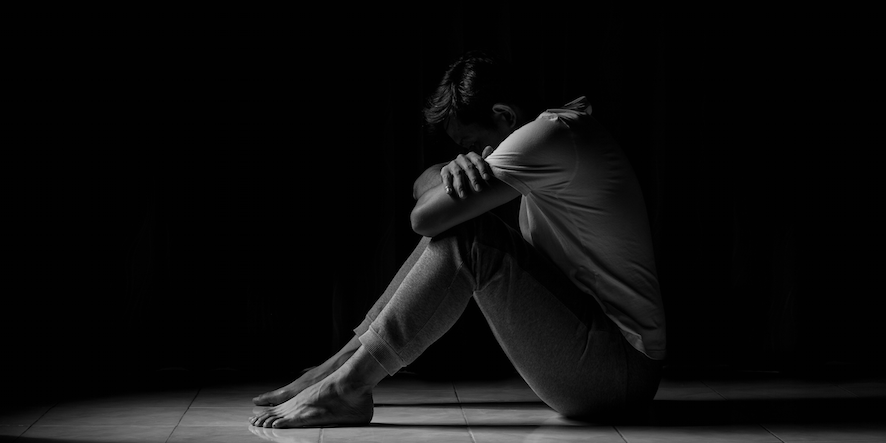
“There’s a need for a national suicide prevention strategy”: NIMHANS study
 A study on prevalence and risk factors of suicidality in India by doctors from the National Institute of Mental Health and Neuro Sciences states that suicidality is more prevalent at 5.1% than death by suicide at 0.024% among adults aged 18 years and above.
A study on prevalence and risk factors of suicidality in India by doctors from the National Institute of Mental Health and Neuro Sciences states that suicidality is more prevalent at 5.1% than death by suicide at 0.024% among adults aged 18 years and above.
Suicidality is the thoughts, plans, attempts and acts inflicted by oneself with an intent to end life emerging as another public health problem that is unrecognised.
The study ‘A population-based analysis of suicidality and its correlates: Findings from the National Mental Health Survey of India 2015–16’ was published in The Lancet Psychiatry earlier this month. It is based on analysis of suicidality data from the National Mental Health Survey (NMHS) of India 2015-2016 covering 34,748 participants.
According to the study, at any time point in 2015, over 30 million Indians aged 18 years and above had thought about ending their own life. An estimated 2.6 million had attempted suicide, a number higher than the population of few countries in the world.
G. Gururaj, Dean of Neuro Sciences and Senior Professor in the Department of Epidemiology at NIMHANS said that about 1% of adults aged 18 years and older were reported to have a severe form of suicidality that requires urgent intervention. The occurrence of suicidality was highest in those aged 40–49 years among women and in those aged 60 years or older among men; posing additional challenges in recognition and care delivery for older people.
Dr Gururaj, the corresponding author of the study, told The Hindu that the findings emphasise the need for a comprehensive national suicide prevention strategy. This is essential to efficiently address the social, demographic and psychiatric risk factors for reducing suicidality and suicide deaths in India.
According to the study, among areas of residence, a higher occurrence of suicidality was observed in urban-metropolitan residents (1,000,000 population), followed by rural residents and urban non-metropolitan (<1,000,000 population) for any form of suicidality. Noticeably, the occurrence of a severe form of suicidality in urban metropolitan residents was more than twice that of rural residents and more than three times that of urban non-metropolitan residents. There were wide variations in the occurrence as well as the deaths that are expected to result from suicidality across the surveyed states; highlighting the role of state-specific factors and need for state-specific action plans to address the burden of suicidality.
The analysis showed that the occurrence of suicidality in women (6%) was higher than in men (4.1%) across all the surveyed States. It was found to be more common among individuals with poor income (belonging to lowest income quintile) as compared with the individuals belonging to other income quintiles. Moreover, the occurrence was found to decrease with increase in income (from low to high-income quintile) indicating the major role of socio-economic factors in suicide prevention, Dr Gururaj explained.
“The risk of the severe form of suicidality among those with depressive disorders was 28 times as high as the risk among those without depressive disorders. Also, the risk of a severe form of suicidality among those with alcohol use disorders was 7 times the risk of a severe form of suicidality among those without alcohol use disorders,” he said.
Source: The Hindu